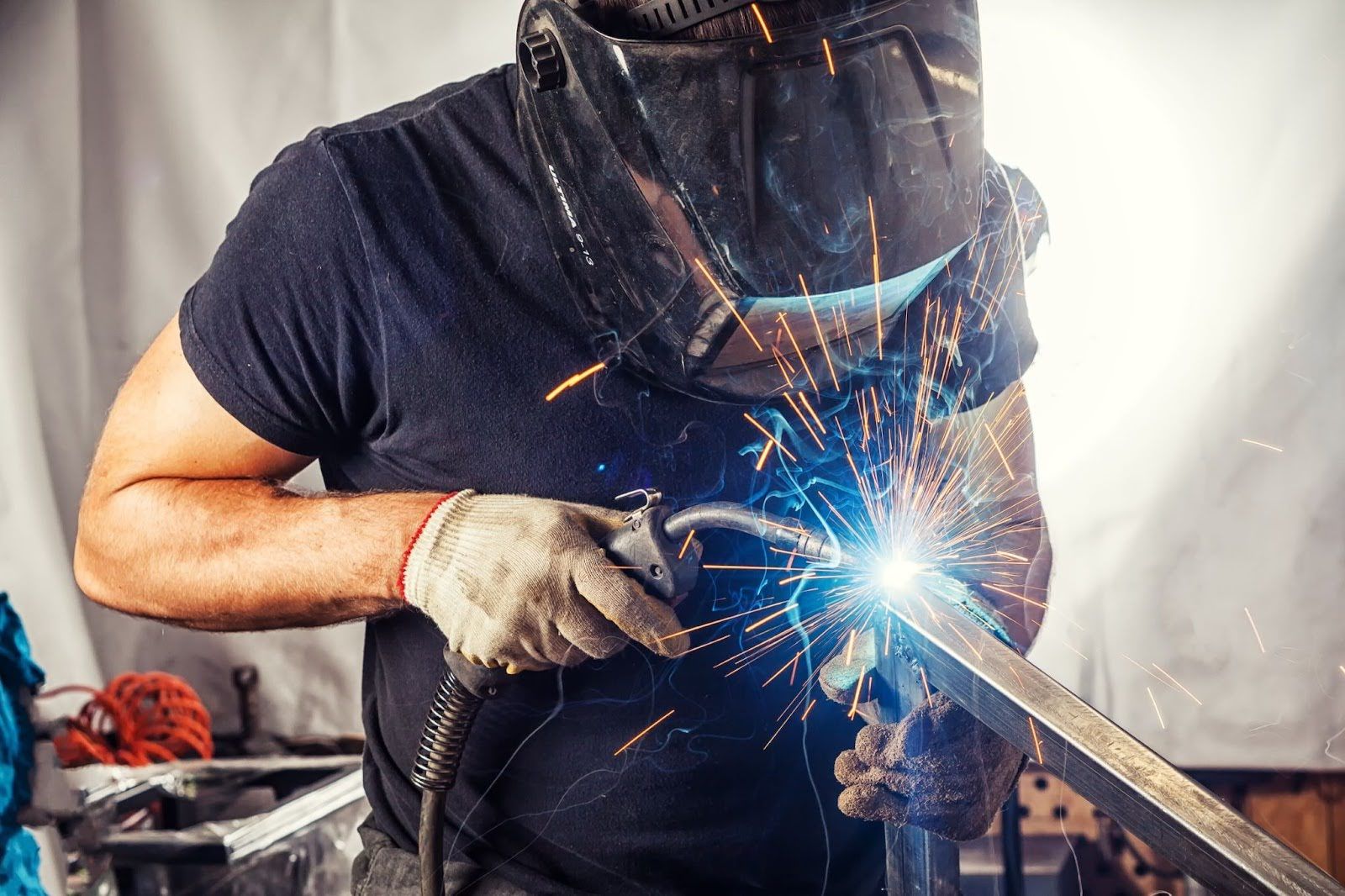Preventing Weld Undercut: Proven Methods Every Welder Need To Know
Preventing Weld Undercut: Proven Methods Every Welder Need To Know
Blog Article
Grasping the Art of Welding: How to Prevent Undercut Welding Issues for Flawless Construction Results
Efficiency and accuracy are paramount worldwide of welding, where also the tiniest blemish can compromise the structural stability of a fabricated piece. One usual challenge that welders face is undercutting, an issue that can compromise a weld joint and lead to costly rework. By comprehending the origin of undercut welding and executing efficient techniques to avoid it, welders can raise their craft to brand-new degrees of quality (Preventing weld undercut). In the pursuit of perfect manufacture outcomes, grasping the art of welding to avoid undercut issues is not simply a skill but a necessity for those aiming for excellence in their work.
Understanding Undercut Welding

To stop undercut welding, welders need to make certain appropriate welding specifications, such as readjusting the existing, voltage, travel speed, and maintaining the appropriate electrode angle. Furthermore, making use of the ideal welding strategy for the certain joint arrangement is crucial. Using weaving motions or backstepping techniques can help guarantee proper weld metal deposition and lower the chance of undercut formation. Regular assessment of welds during and after the welding procedure is additionally crucial to capture any type of undercut early and make essential modifications to stop further defects. Preventing weld undercut. By understanding the causes of undercut welding and applying preventive procedures, welders can achieve top quality, structurally sound welds.
Sources Of Undercut in Welding
Comprehending the elements that add to damage in welding is essential for welders to generate high-quality, structurally sound welds. Undercutting takes place when the weld steel does not effectively fill the groove created between the base steel and the previously deposited weld metal. Several elements can bring about damage in welding. One usual cause is too much heat input. Welding at heats for extensive periods can cause the base steel thawing even more than wanted, resulting in undercut. Inadequate welding current or incorrect welding speed can also add to damage. Inadequate current might not provide adequate warm to thaw the base and filler steels sufficiently, while too much rate can prevent appropriate combination, triggering undercut. In addition, improper electrode angles or inaccurate torch adjustment methods can create areas of low weld metal deposition, promoting undercut. Comprehending these reasons and executing appropriate welding strategies can help prevent undercutting issues, ensuring sturdy and solid welds.
Techniques to avoid Undercutting

To mitigate the go to the website threat of damaging in welding, welders can employ strategic welding strategies aimed at enhancing the high quality and integrity of the weld joints. Furthermore, making use of the correct welding method for the details joint setup, such as weave or stringer beads, can contribute to lowering undercutting.
Moreover, appropriate joint preparation, including ensuring tidy base products devoid of impurities and utilizing the ideal welding consumables, is important in avoiding undercut issues. Using back-step welding strategies and regulating the weld grain profile can likewise help distribute warmth equally and decrease the danger of undercut. Regular evaluation of the weld joint throughout and after welding, as well as implementing quality control procedures, can assist in resolving and finding undercutting issues promptly. By executing these methods faithfully, welders can achieve perfect construction results with marginal undercut problems.
Relevance of Proper Welding Specifications
Selecting and preserving proper welding criteria is vital for attaining effective welds with minimal flaws. Welding criteria describe variables such as voltage, current, take a trip rate, electrode angle, and securing gas circulation price that straight influence the welding procedure. These specifications must be very carefully adjusted based on the kind of material being welded, its thickness, and the welding strategy used.
Proper welding specifications guarantee the ideal amount of Home Page warmth is related to thaw the base metals and filler material uniformly. If the criteria are established expensive, it can cause extreme warmth input, creating spatter, burn-through, or distortion. On the other hand, if the criteria are as well reduced, insufficient combination, lack of infiltration, or damaging might occur.
Top Quality Assurance in Welding Workflow

Final Thought
In final thought, mastering the art of welding needs a complete understanding of undercut welding, its reasons, and techniques to prevent it. By guaranteeing appropriate welding criteria and applying quality assurance methods, perfect fabrication outcomes can be attained. It is important for welders to regularly pursue quality in their welding procedures to stay clear of undercut concerns and produce premium welds.
Undercut welding, an usual flaw in welding processes, takes place when the weld steel does not properly load the groove and leaves a groove or depression along the welded joint.To avoid undercut welding, welders must make sure appropriate welding criteria, such as changing the existing, voltage, traveling speed, and keeping the appropriate electrode angle. Insufficient welding current or inaccurate welding rate can likewise add to damage.To minimize the risk of damaging in welding, welders can use strategic welding techniques aimed my blog at boosting the quality and stability of the weld joints.In final thought, mastering the art of welding calls for a comprehensive understanding of undercut welding, its reasons, and methods to avoid it.
Report this page